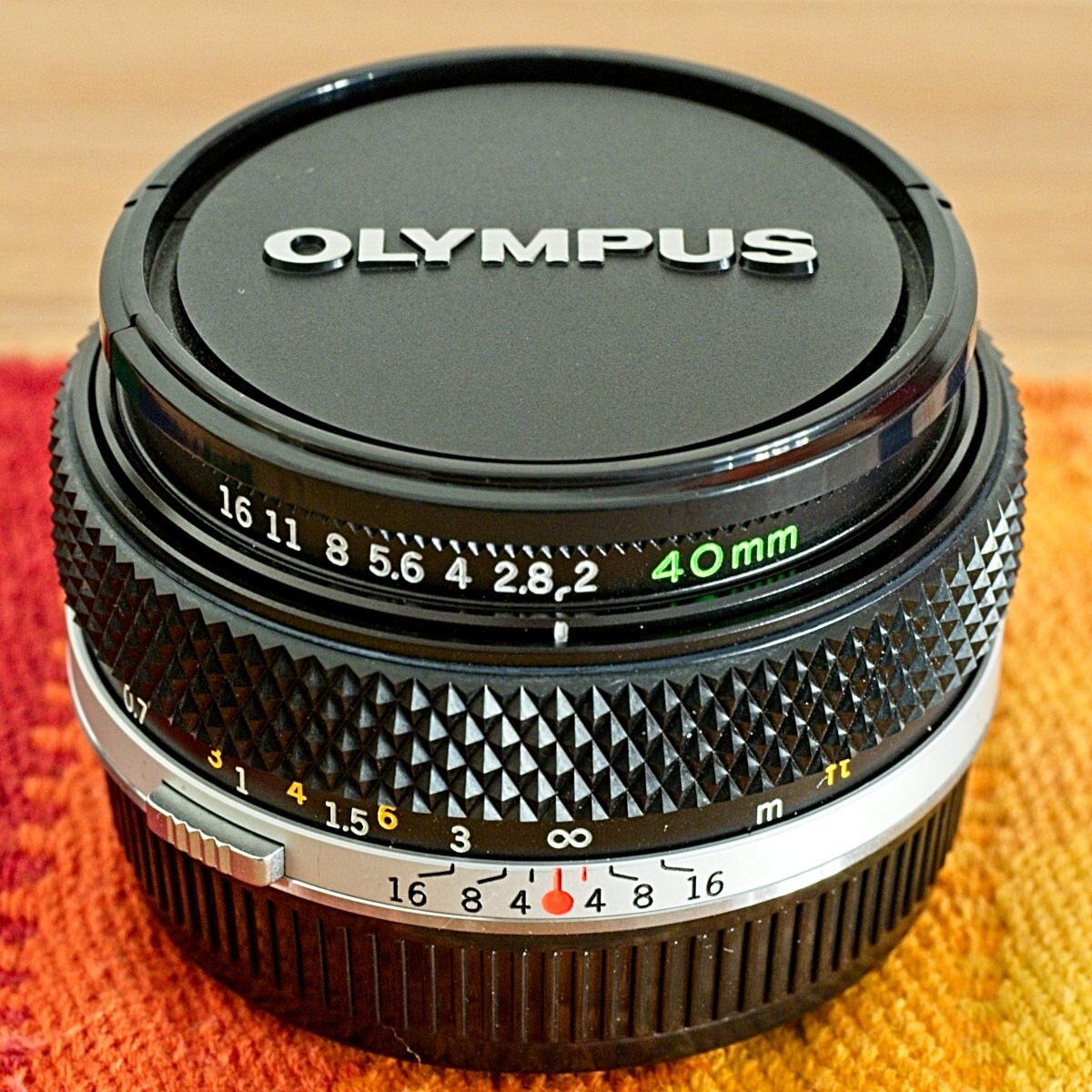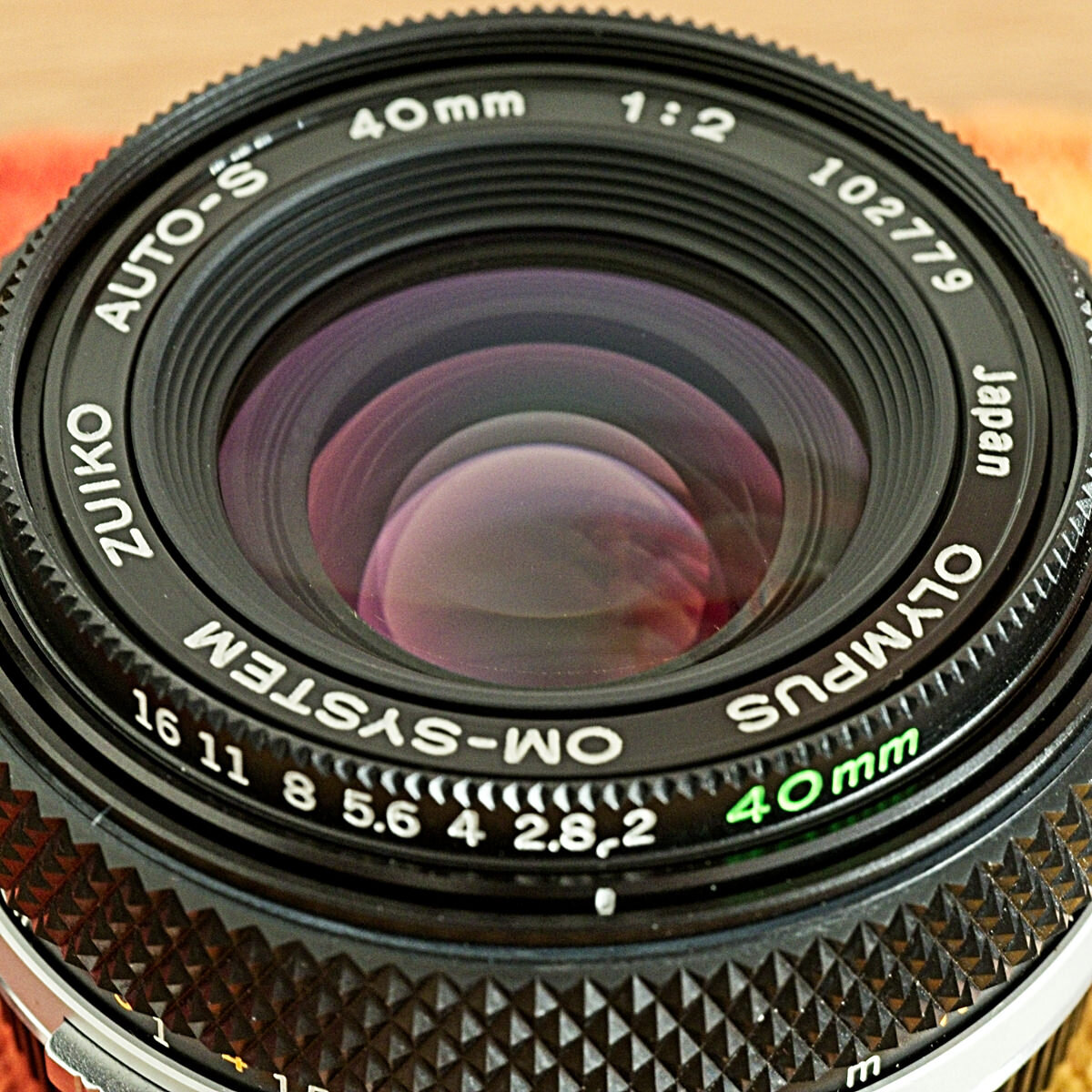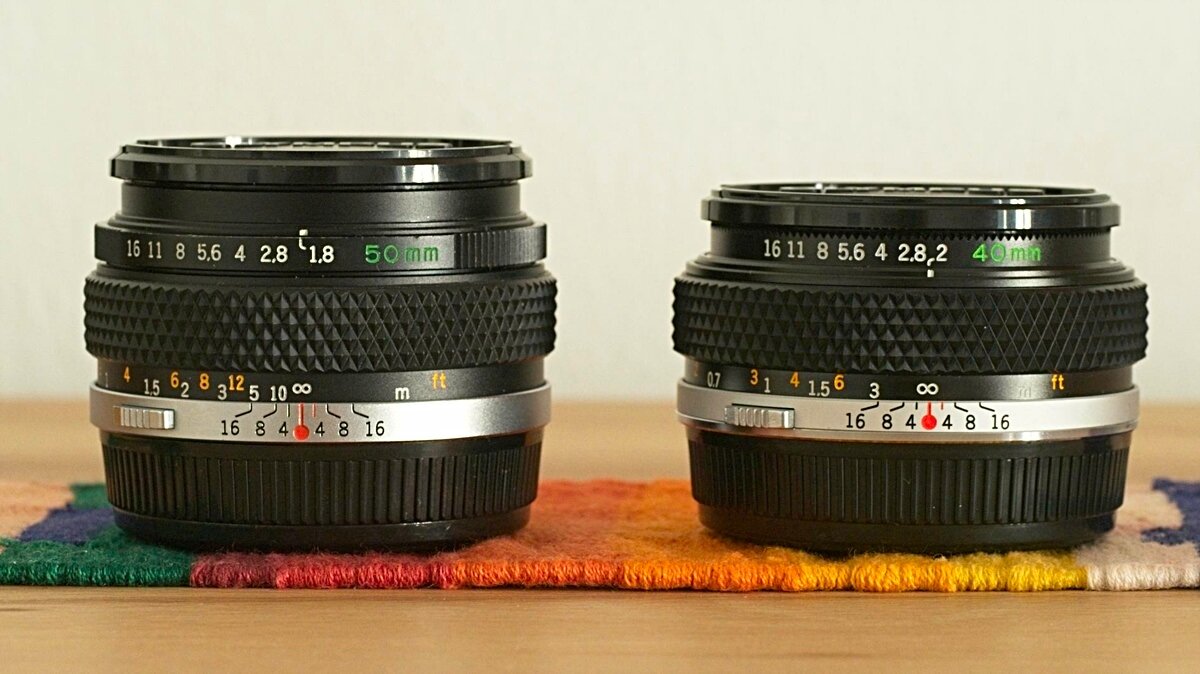Olympus Zuiko Auto-S 1:2/40 mm
Introduction
I was always fascinated by the compactness of the analog Olympus OM SLR system and the great optical performance of the lenses - the Olympus 40mm f2 is the embodiment of these traits.
40mm is a useful focal length - right between two most used focal lengths for street / reportage photography - 35mm and 50mm.
I have used it as a travel lens, especially on hiking trips when striving for minimum weight / bulk.
Olympus Zuiko 40mm f/2
User Experience
Zuiko 40mm aperture ring
Being a pancake, the lens is even smaller than the already compact 50mm f/1.8 standard lens, although not a lot. When mounted on the camera, the size difference is more recognizable. As the 50mm offers more space to support the camera, I actually prefer it over the 40mm.
The filter thread is integrated in the aperture ring. While great for reducing size, this design choice is detrimental to usability compared to a separate aperture ring. I recommend using a filter (also for protecting this rare gem) as it gives you more space to handle the aperture.
Apart from these handling drawbacks owed to the the extreme compactness of the lens, it is built to the highest standards as all Olympus OM Zuiko lenses were.
This is noteworthy as the 40mm was designed as a budget option for the OM system.
Zuiko 40mm next to an OM4 SLR
The Zuiko 40mm focuses down to 30 cm and extends quite a bit.
Zuiko 40mm front view
Zuiko 40mm rear view
Optical Performance
According to Olypedia.de, the optical construction is of a Sonnar type and actually one of the few pancake lenses - which are apparently almost exclusively Tessar designs.
I did not shoot any test charts, so I am not able to provide a definitive objective statement on the optical quality. Nonetheless, given my (almost lifelong) experience with OM Zuiko lenses, I can at least compare it to other Zuiko lenses.
I found the center sharpness of the lens to be quite good even at f2 - stepping down the lens increases the sharpness / contrast a bit. From a sharpness perspective, the 50mm f/1.8 (especially the late versions) are better, no doubt.
The lens exhibits barrel distortion - which I would not mind at all when using it for street photography or environmental portraiture. Just check the sample images below to determine whether it is a deal breaker for you or not.
The lens does vignette visibly at f/2, again check the sample images before you buy.
The images for this review were shot on Adox Silvermax 100. Due to its fine grain, it is perfectly suited for big enlargements, scanning with a high resolution scanner (like the Plustek 120 I used for these sample images) - and lens reviews…
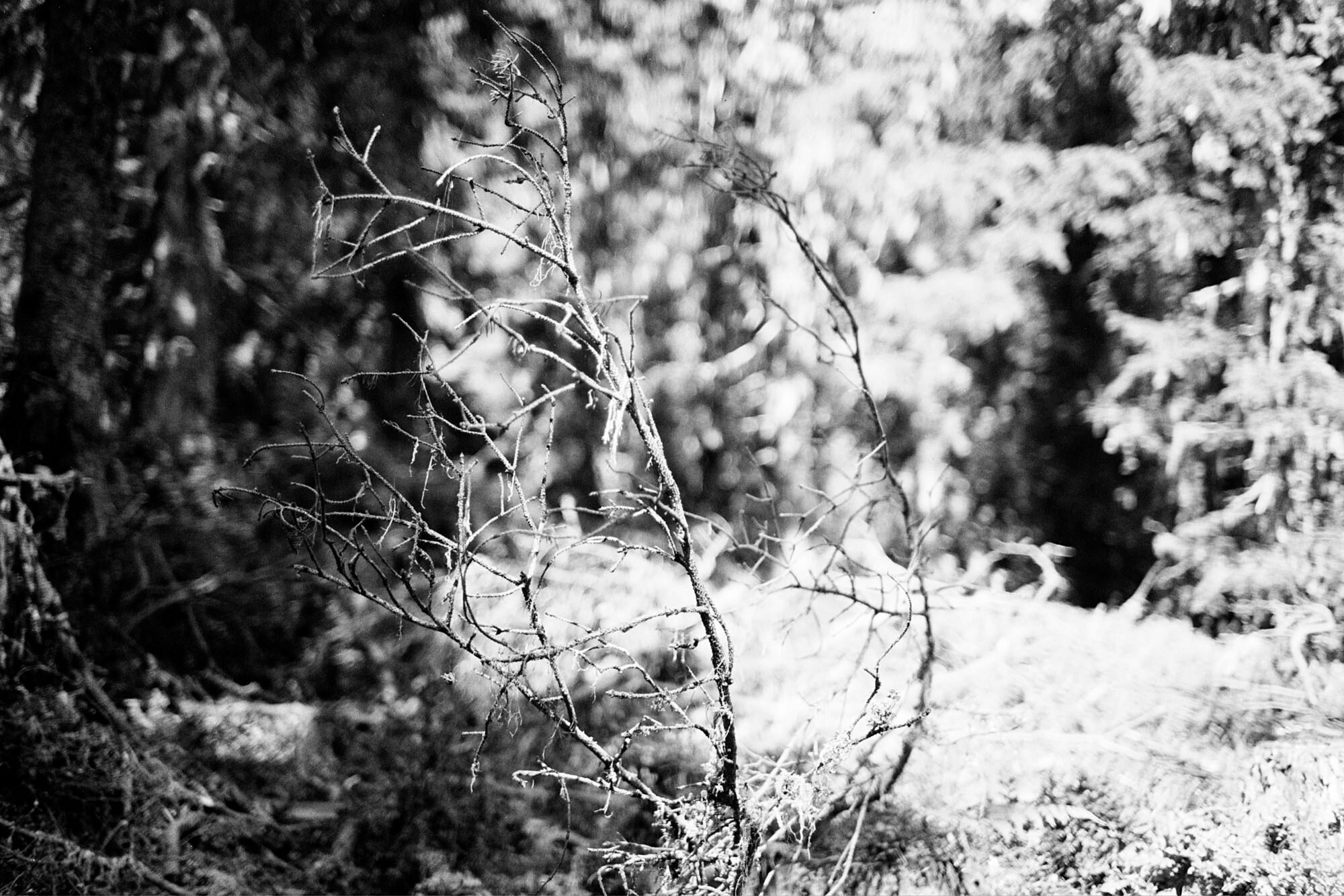
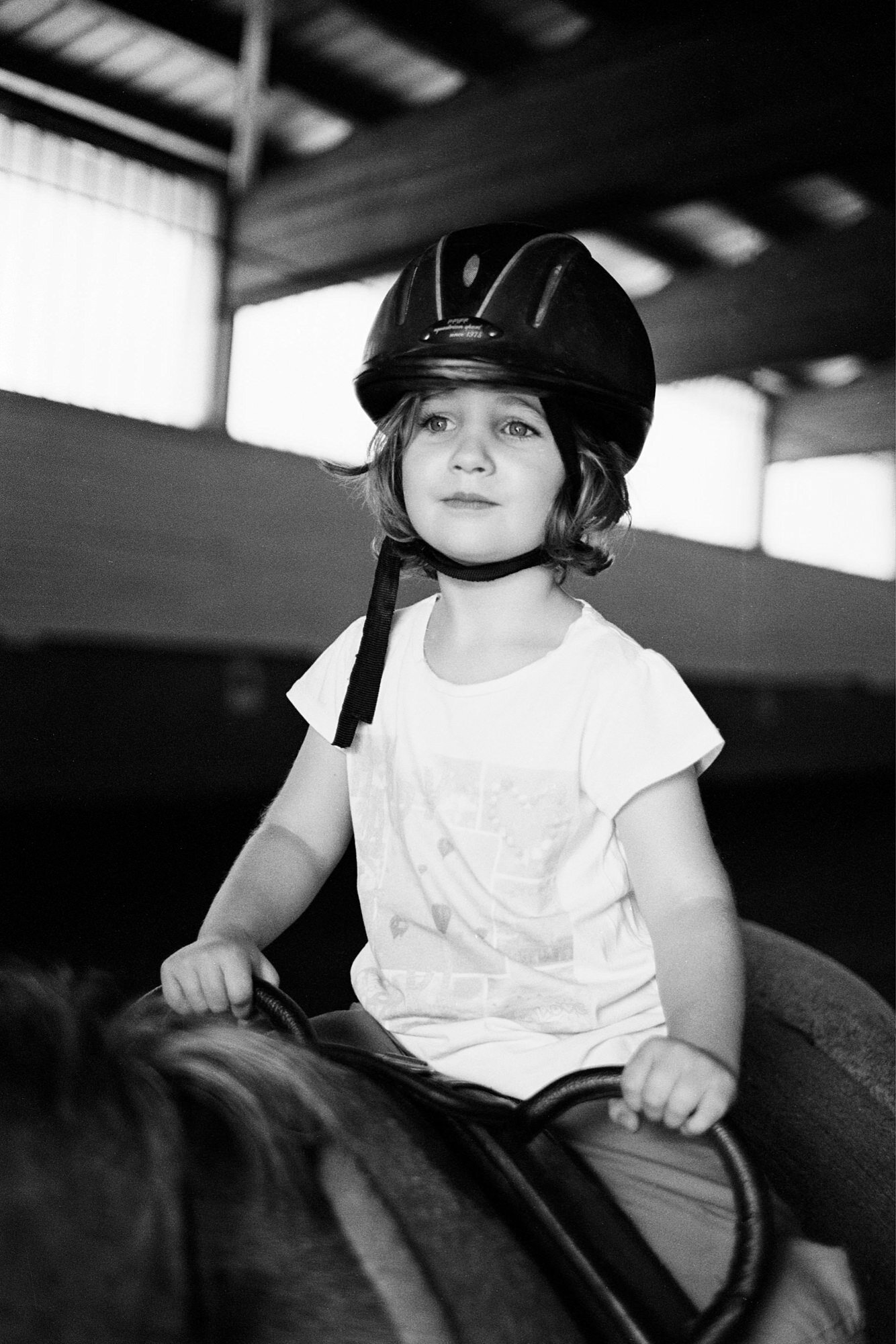

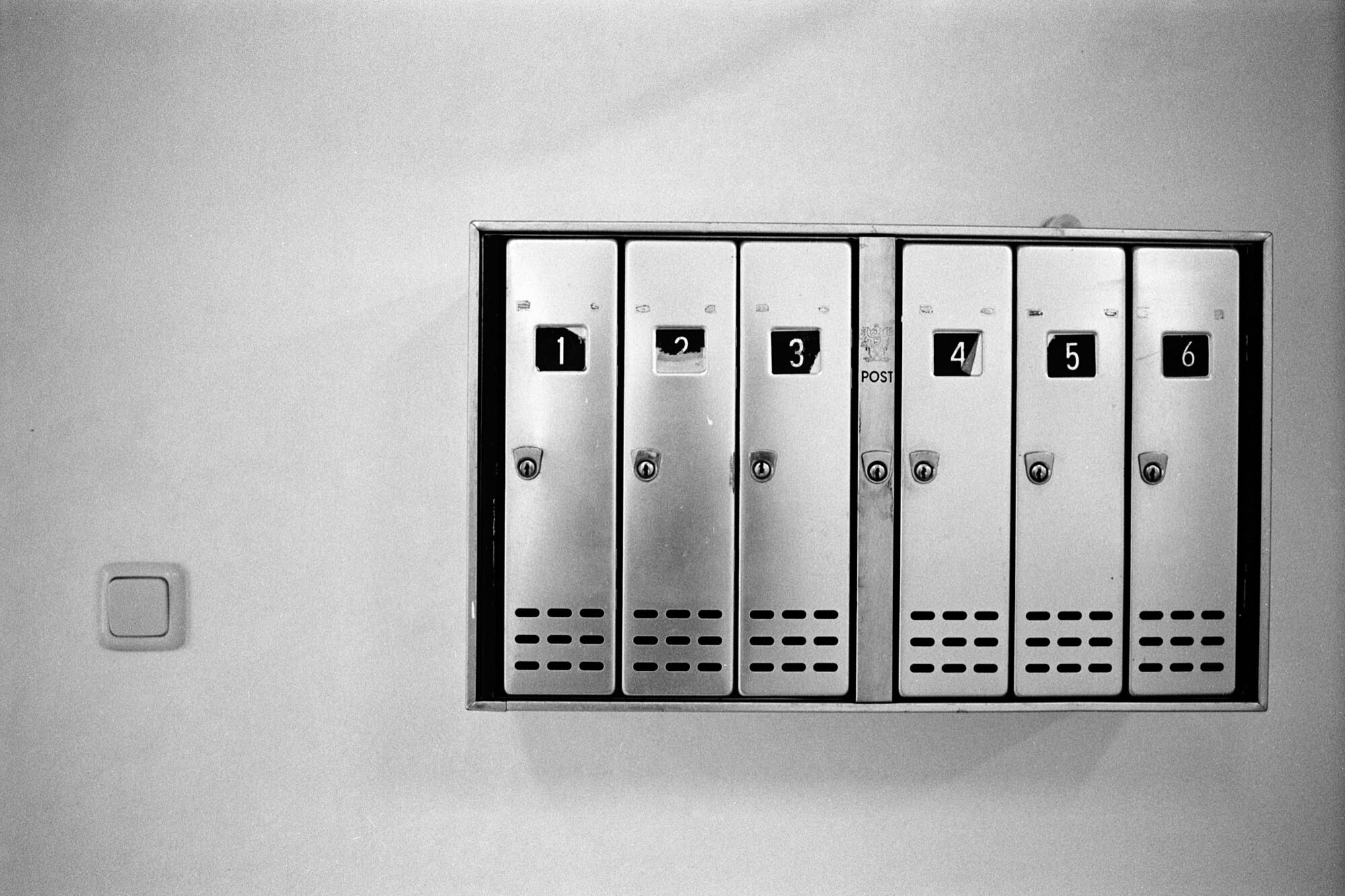
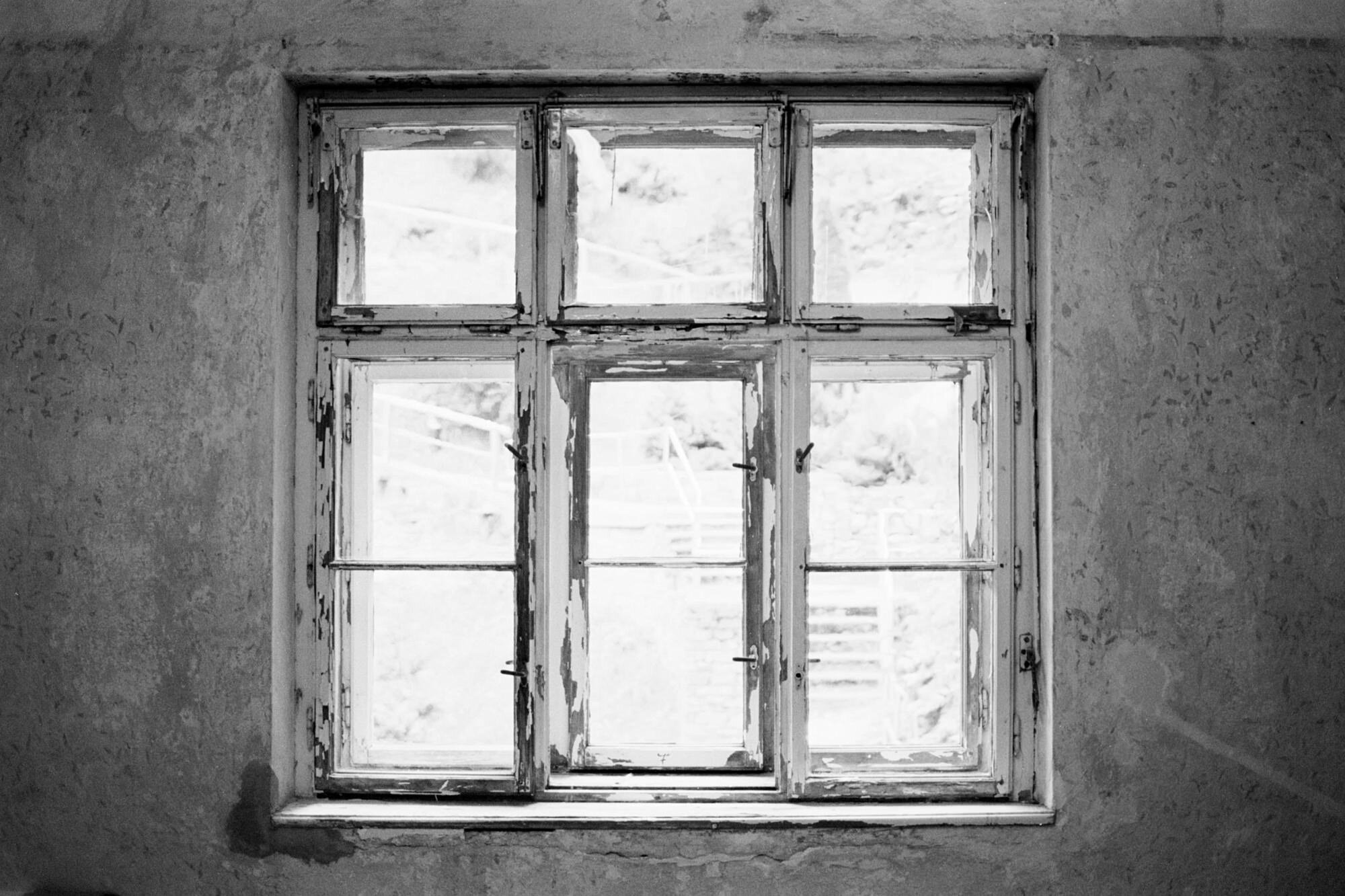
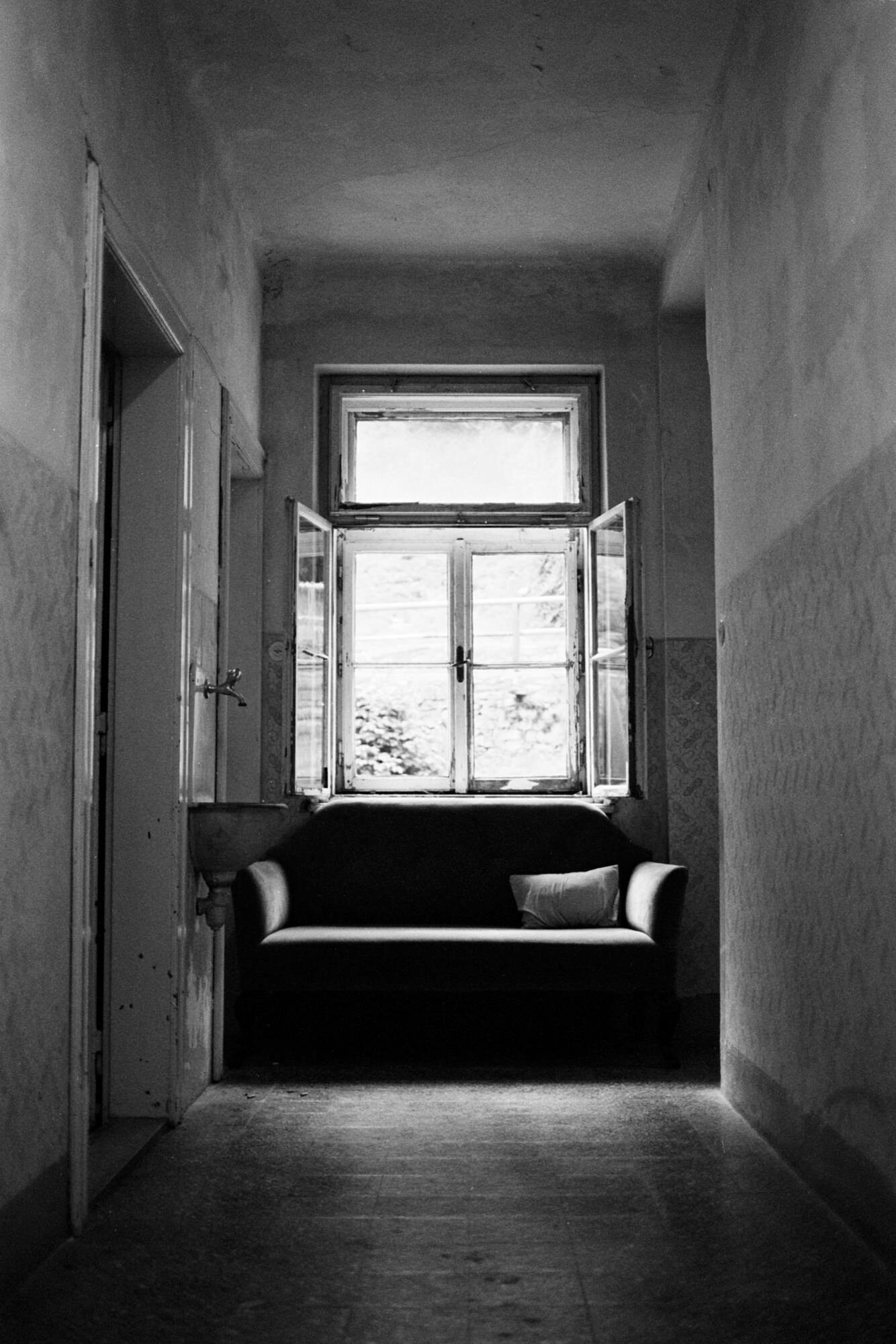
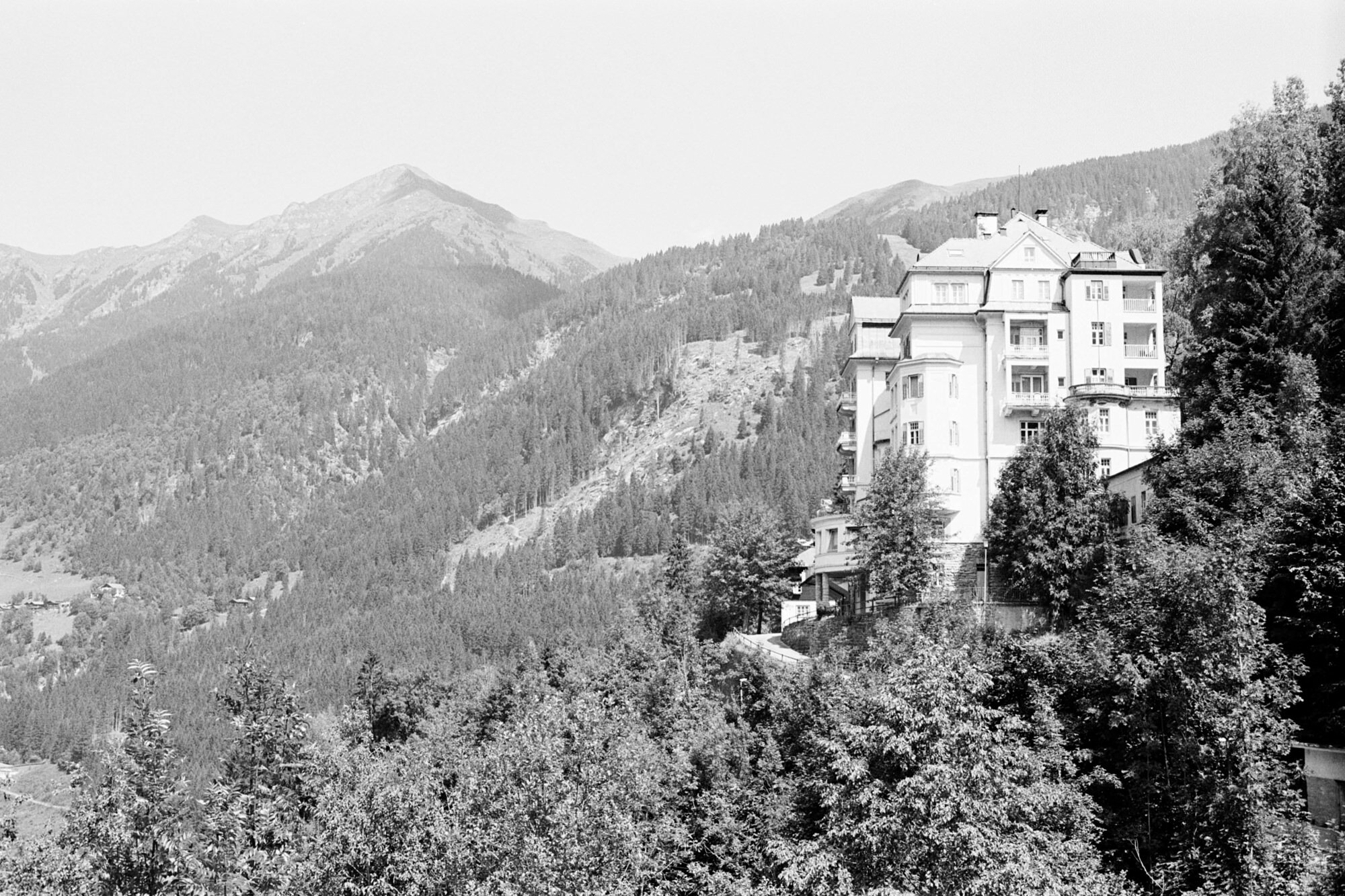
Availability & Recommendations
Yes it is a very rare lens, so be prepared to spend a lot - around 400 € is quite common.
This brings me to the reasons why I sold this lens.
I found it to not be significantly smaller than the 50mm f/1.8.
Optically, it is no improvement over other Zuiko 50 or 35 lenses.
As it is a collectors item, I always used it with maximum care, paying too much attention to keep it in pristine condition.
To sum it up, if you look for a user lens, I would not recommend the 40mm - go for a 35mm or a 50mm instead - they are a lot cheaper, perform equal or better than the 40mm and are easier to find.
If you want to buy such a rare collectors item nonetheless or have your 40mm serviced, I highly recommend employing the services of Gordon from the OM-Labor in Germany. He is an expert repair technician and overall specialist on the OM-System and Zuiko optics.
Olympus Zuiko 50mm next to the Zuiko 40mm

